Sustainable Travel and Nature Reserves
Sri Lanka, with its diverse ecosystems, rich wildlife, and cultural heritage, has become a top destination for eco-tourism. The island is home to a wide range of natural attractions, from rainforests and national parks to pristine beaches and vibrant coral reefs. As global travelers become more environmentally conscious, Sri Lanka offers opportunities for sustainable travel experiences that focus on conserving its natural beauty and supporting local communities. This guide explores the best eco-tourism experiences and nature reserves in Sri Lanka, helping you travel responsibly while enjoying the country’s incredible biodiversity.
Principles of Eco-Tourism in Sri Lanka
Eco-tourism in Sri Lanka is built on principles that prioritize environmental conservation, the well-being of local communities, and the preservation of cultural heritage. Sustainable travel in Sri Lanka means:
- Supporting conservation efforts by visiting national parks and reserves that protect endangered species and habitats.
- Staying in eco-friendly accommodations that minimize environmental impact.
- Participating in community-based tourism initiatives that benefit local populations.
- Respecting wildlife and natural environments by following responsible tourism guidelines.
- Reducing your carbon footprint by using eco-friendly transportation and minimizing waste.
Top Eco-Tourism Destinations and Nature Reserves in Sri Lanka
1. Sinharaja Forest Reserve
Location: Southwestern Sri Lanka
UNESCO World Heritage Site
Overview:
Sinharaja Forest Reserve is the last remaining primary rainforest in Sri Lanka and a biodiversity hotspot. This UNESCO World Heritage Site is home to a vast array of endemic plants, birds, and animals. Its dense canopy and rich biodiversity make it a must-visit for nature lovers and birdwatchers.
Highlights:
- Wildlife: Spot endemic species such as the Sri Lankan blue magpie, purple-faced langur, and green pit viper. Sinharaja is also home to over 50% of Sri Lanka’s endemic mammals and butterflies.
- Trekking: Guided treks through the forest provide a chance to learn about the unique flora and fauna. Short hikes are suitable for families, while more challenging trails are available for experienced trekkers.
- Sustainable Practices: Visitors are encouraged to minimize their impact on the environment by sticking to marked trails, avoiding littering, and respecting wildlife.
Best Time to Visit: December to April for dry weather and optimal wildlife viewing.
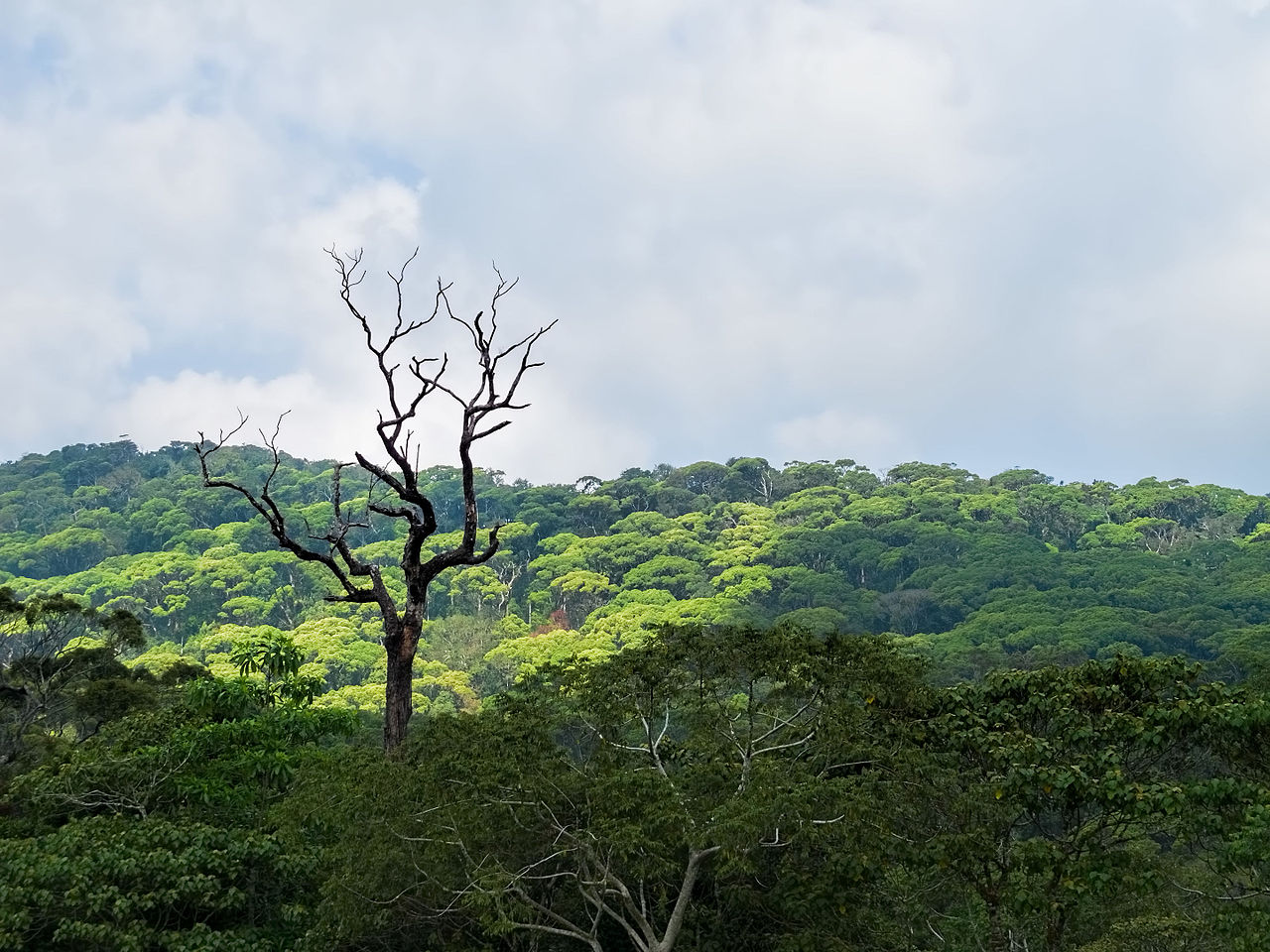
2. Yala National Park
Location: Southeastern Sri Lanka
Overview:
Yala National Park is one of Sri Lanka’s most famous wildlife reserves, known for its high density of leopards. The park’s diverse ecosystems include forests, grasslands, and wetlands, making it an excellent destination for eco-tourists interested in wildlife safaris.
Highlights:
- Wildlife Safaris: Yala is home to elephants, leopards, sloth bears, crocodiles, and a wide range of bird species. Jeep safaris are the best way to explore the park while minimizing environmental impact.
- Eco-Friendly Accommodations: Several eco-lodges and tented camps are located near the park, offering sustainable accommodation options that support local conservation efforts.
- Responsible Tourism: Visitors are encouraged to follow guidelines, such as maintaining a safe distance from animals, not feeding wildlife, and avoiding plastic waste in the park.
Best Time to Visit: February to July for the best chances of spotting leopards and elephants.
.jpg)
3. Udawalawe National Park
Location: Southern Sri Lanka
Overview:
Udawalawe National Park is renowned for its large elephant population and provides a unique eco-tourism experience centered around wildlife conservation. The park is also home to various bird species, water buffalo, and sambar deer.
Highlights:
- Elephant Conservation: Udawalawe is home to the Elephant Transit Home, which rehabilitates orphaned elephants before releasing them back into the wild. Visitors can observe the elephants being fed and learn about the park’s conservation efforts.
- Birdwatching: The park is a paradise for birdwatchers, with over 250 recorded bird species, including raptors, kingfishers, and herons.
- Sustainable Safaris: Opt for eco-friendly jeep safaris that follow sustainable practices to minimize environmental impact.
Best Time to Visit: May to September, during the dry season when animals gather around water sources.
.jpg)
4. Knuckles Mountain Range
Location: Central Sri Lanka
UNESCO World Heritage Site
Overview:
The Knuckles Mountain Range is a remote and rugged area that offers one of Sri Lanka’s best eco-tourism experiences. Named for its resemblance to a clenched fist, the range is a biodiversity hotspot with dramatic landscapes, cloud forests, waterfalls, and endemic species.
Highlights:
- Hiking and Trekking: The Knuckles offer a variety of hiking trails, from easy walks to challenging treks that take you through tea plantations, waterfalls, and forested peaks. The trails provide stunning views and opportunities to learn about the local flora and fauna.
- Endemic Species: Look out for unique species such as the Knuckles pygmy lizard and rare orchids.
- Community-Based Eco-Tourism: Stay in eco-lodges run by local communities, where your visit directly supports local livelihoods and conservation efforts.
Best Time to Visit: March to September for trekking, though the weather can be unpredictable in the mountains.
.jpg)
5. Horton Plains National Park
Location: Central Highlands
UNESCO World Heritage Site
Overview:
Horton Plains National Park is a protected area located in the Central Highlands of Sri Lanka. Known for its stunning landscapes, including mist-covered grasslands, cloud forests, and dramatic cliffs, the park is also home to a variety of wildlife.
Highlights:
- World’s End: A sheer cliff with a 870-meter drop that offers breathtaking views of the valley below. The hike to World’s End is one of the most popular eco-tourism activities in the park.
- Biodiversity: Horton Plains is home to a range of endemic species, including the sambar deer and the Horton Plains slender loris. The park is also rich in birdlife, with species like the Sri Lanka whistling thrush.
- Sustainable Tourism: To preserve the park’s delicate ecosystem, visitor numbers are limited, and travelers are required to stick to designated trails and avoid disturbing the wildlife.
Best Time to Visit: January to March for clear views from World’s End and good weather for hiking.
.webp)
6. Mirissa for Whale Watching
Location: Southern Sri Lanka
Overview:
Mirissa is a popular destination for sustainable whale-watching tours, which give travelers the chance to see blue whales, sperm whales, and dolphins in their natural habitat. Responsible whale-watching practices are emphasized to minimize the impact on marine life.
Highlights:
- Whale and Dolphin Watching: Sri Lanka is one of the best places in the world to see blue whales, the largest animals on Earth. Tours typically run from November to April, when the seas are calm, and the whales are most active.
- Marine Conservation: Eco-friendly tour operators follow strict guidelines to avoid disturbing the whales. Boats maintain a safe distance from the animals, and tours are designed to educate visitors about marine conservation.
- Sustainable Tourism: Many tour operators in Mirissa focus on sustainable practices, including reducing plastic waste and supporting local conservation efforts.
Best Time to Visit: November to April for whale watching.

7. Rekawa Turtle Conservation Project
Location: Tangalle, Southern Sri Lanka
Overview:
Rekawa Beach is one of the most important nesting sites for sea turtles in Sri Lanka. The Rekawa Turtle Conservation Project focuses on protecting endangered turtle species and promoting sustainable eco-tourism through responsible turtle-watching experiences.
Highlights:
- Turtle Watching: Visitors can witness sea turtles coming ashore to lay eggs in the evening or early morning. Guides ensure that turtle-watching activities do not disturb the nesting process.
- Conservation Efforts: The project focuses on protecting the eggs and hatchlings from predators and poachers, while also educating visitors about marine conservation.
- Community Involvement: The project supports the local community by providing employment opportunities through eco-tourism and conservation activities.
Best Time to Visit: April to July for the highest chance of seeing nesting turtles.
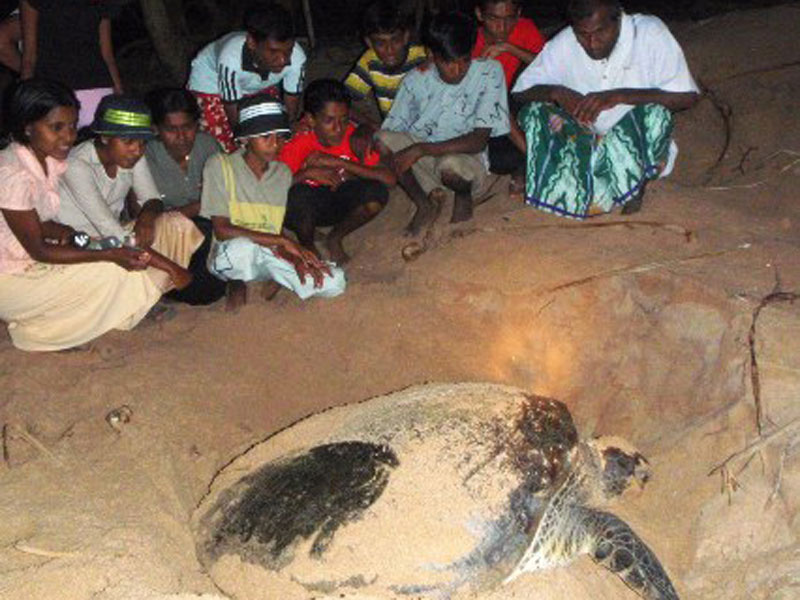
8. Kumana National Park
Location: Eastern Sri Lanka
Overview:
Kumana National Park, also known as Yala East, is a birdwatcher’s paradise and an eco-tourism destination focused on wildlife conservation. The park’s wetlands and lagoons attract migratory birds, making it a perfect destination for nature lovers.
Highlights:
- Birdwatching: Kumana is home to over 200 species of birds, including the rare black-necked stork, painted stork, and white ibis. The park’s lagoons provide important feeding grounds for migratory birds.
- Wildlife Safaris: In addition to birds, Kumana is home to elephants, leopards, and other wildlife. The park offers jeep safaris with knowledgeable guides who follow eco-friendly practices.
- Remote and Peaceful: Kumana is less crowded than other national parks, offering a more peaceful and intimate wildlife experience.
Best Time to Visit: April to July, during the bird migration season.
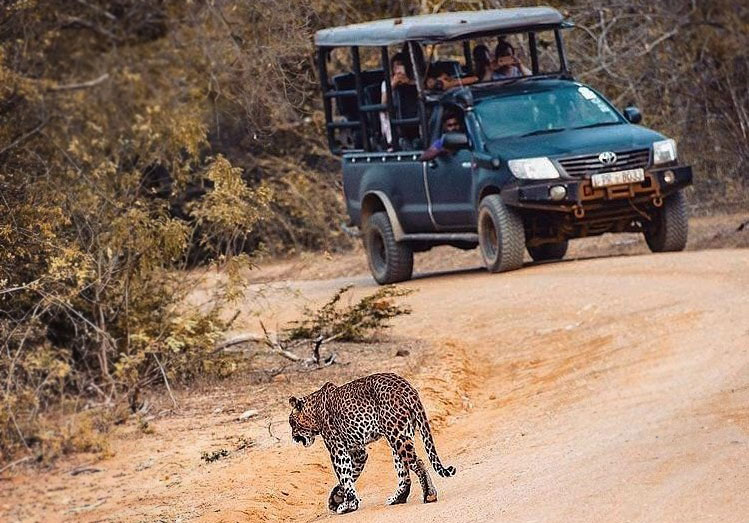
Eco-Friendly Accommodations in Sri Lanka
Choosing eco-friendly accommodations is a key part of responsible travel. Sri Lanka offers a range of sustainable lodgings, from eco-lodges to tented camps, that focus on minimizing their environmental impact while providing comfort for travelers.
1. Jetwing Vil Uyana (Sigiriya)
An eco-luxury resort built around a man-made wetland, Vil Uyana integrates sustainability into its operations. The resort uses renewable energy, promotes organic farming, and offers nature walks to observe wildlife.
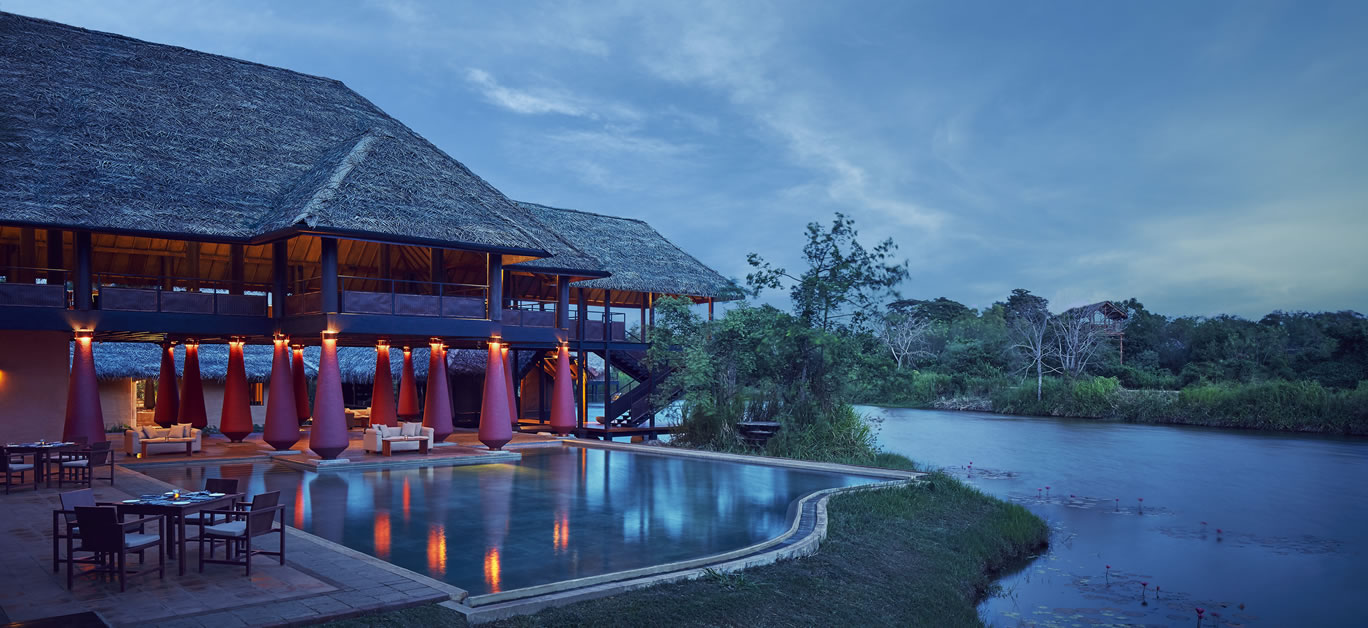
2. Gal Oya Lodge (Gal Oya National Park)
Located near Gal Oya National Park, this eco-lodge focuses on sustainable tourism by using solar power, recycling water, and promoting conservation. Guests can enjoy nature walks and boat safaris to see wildlife.
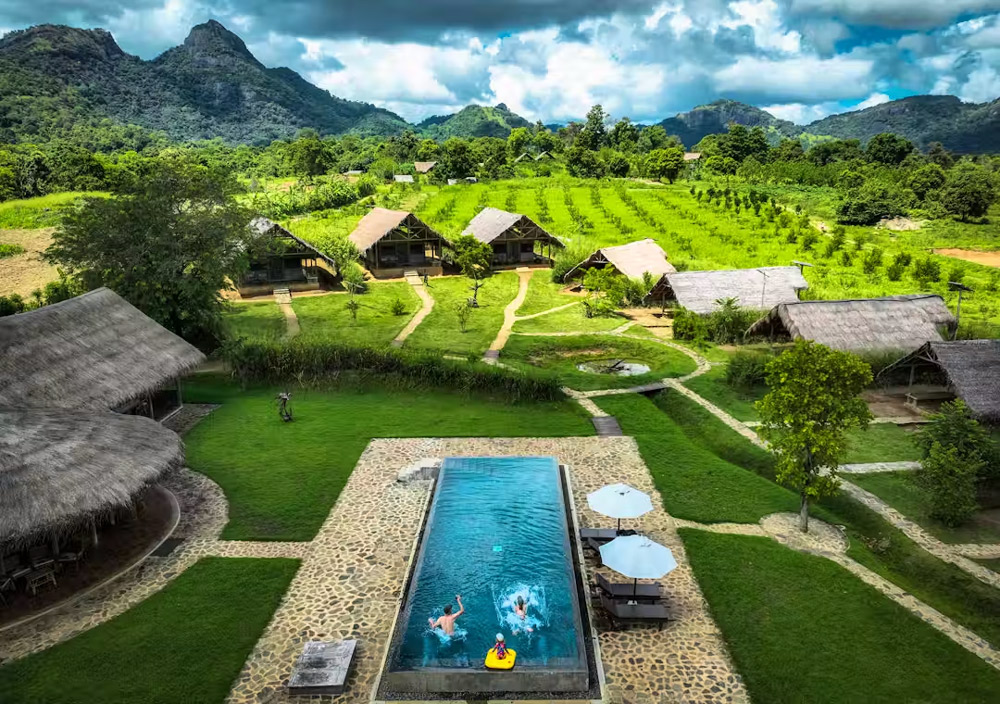
3. Rainforest Eco Lodge (Sinharaja)
Nestled on the edge of the Sinharaja Forest, this lodge uses eco-friendly construction materials and focuses on preserving the surrounding rainforest. Guests can explore the forest through guided walks and birdwatching tours.
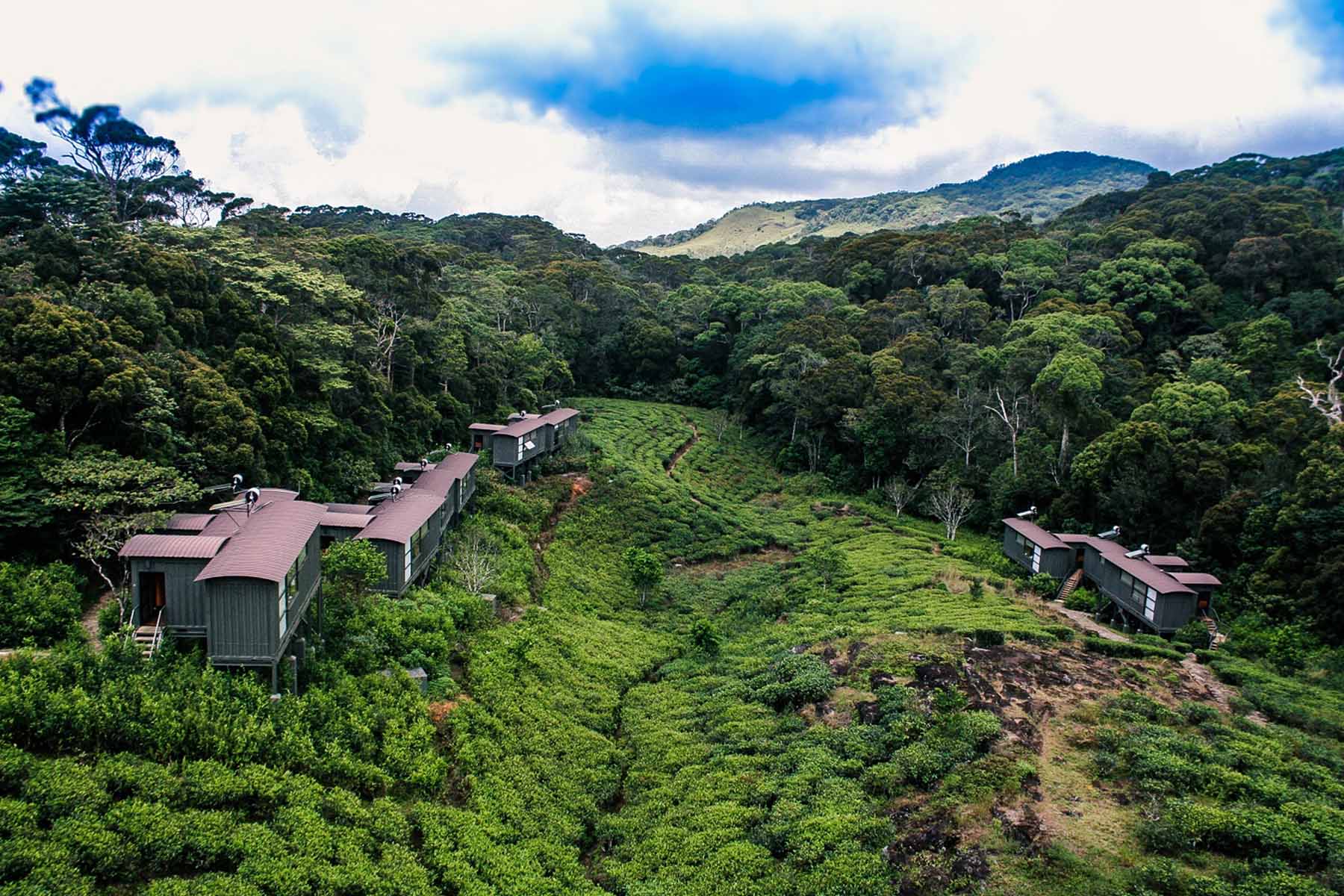
Conclusion
Sri Lanka’s rich biodiversity and commitment to sustainable tourism make it an ideal destination for eco-conscious travelers. Whether you’re exploring the rainforests of Sinharaja, embarking on a wildlife safari in Yala, or learning about marine conservation at Rekawa, there are endless opportunities to experience Sri Lanka’s natural beauty while supporting environmental and community initiatives. By choosing eco-friendly activities and accommodations, you can help preserve the island’s unique ecosystems for future generations.
Final Tips:
- Pack Sustainably: Bring reusable water bottles, bags, and eco-friendly toiletries to reduce waste.
- Respect Wildlife: Always observe animals from a safe distance and avoid feeding or disturbing them.
- Support Local Communities: Opt for community-based tourism initiatives that empower local populations while preserving their cultural heritage.
Enjoy your eco-adventure in Sri Lanka and contribute to the island’s conservation efforts while discovering its unparalleled natural beauty!
